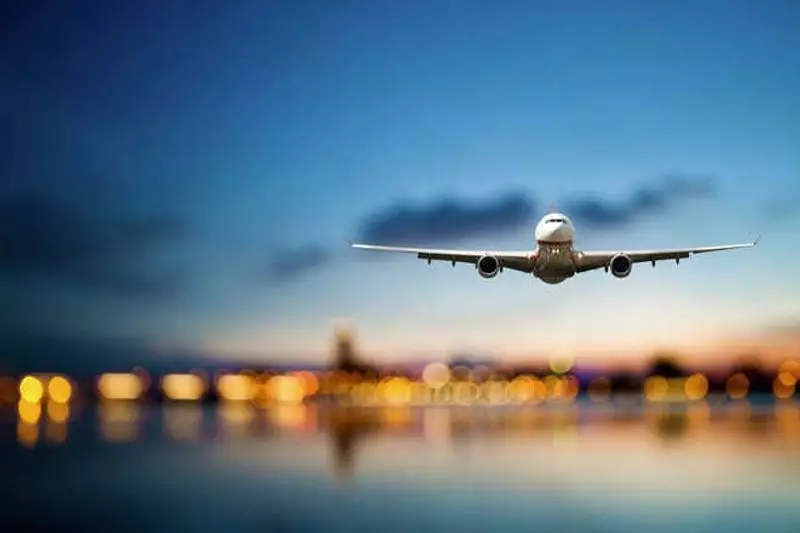
India's aviation watchdog has broken its silence on the contentious issue of extended duty hours for Air India's Boeing 787 pilots, stating that such extensions are strictly granted based on "specific operational reasons."
The Directorate General of Civil Aviation (DGCA) issued this clarification in response to growing concerns raised by the Air Line Pilots' Association (ALPA) India, which represents the interests of the flying crew.
Safety Concerns Addressed
ALPA India had previously approached the regulatory body with serious apprehensions about pilots being required to operate beyond standard duty limitations. The pilot union emphasized that extended flight duty periods could potentially compromise aviation safety standards and increase fatigue-related risks.
In its formal response, the DGCA acknowledged these concerns while defending its position. The regulator emphasized that any deviation from standard Flight Duty Time Limitations (FDTL) is carefully evaluated and approved only when absolutely necessary to maintain operational continuity.
Operational Necessity vs. Safety
The aviation authority's statement highlights the delicate balance between operational requirements and safety protocols. According to the DGCA, extensions are not granted arbitrarily but are subject to strict scrutiny and are implemented only when no other viable alternatives exist.
This development comes at a time when Air India is expanding its international operations, particularly on long-haul routes where the Boeing 787 Dreamliner serves as a key component of the airline's fleet strategy.
Industry Implications
The DGCA's clarification sets an important precedent for how Indian aviation regulators handle the complex interplay between airline operational demands and pilot welfare. The response indicates that while the regulator recognizes the legitimate concerns of flight crew, it also acknowledges the practical challenges faced by airlines in maintaining schedule integrity.
This ongoing dialogue between the pilot union and regulatory authorities reflects the aviation industry's continuous efforts to enhance safety protocols while accommodating the dynamic nature of airline operations.





